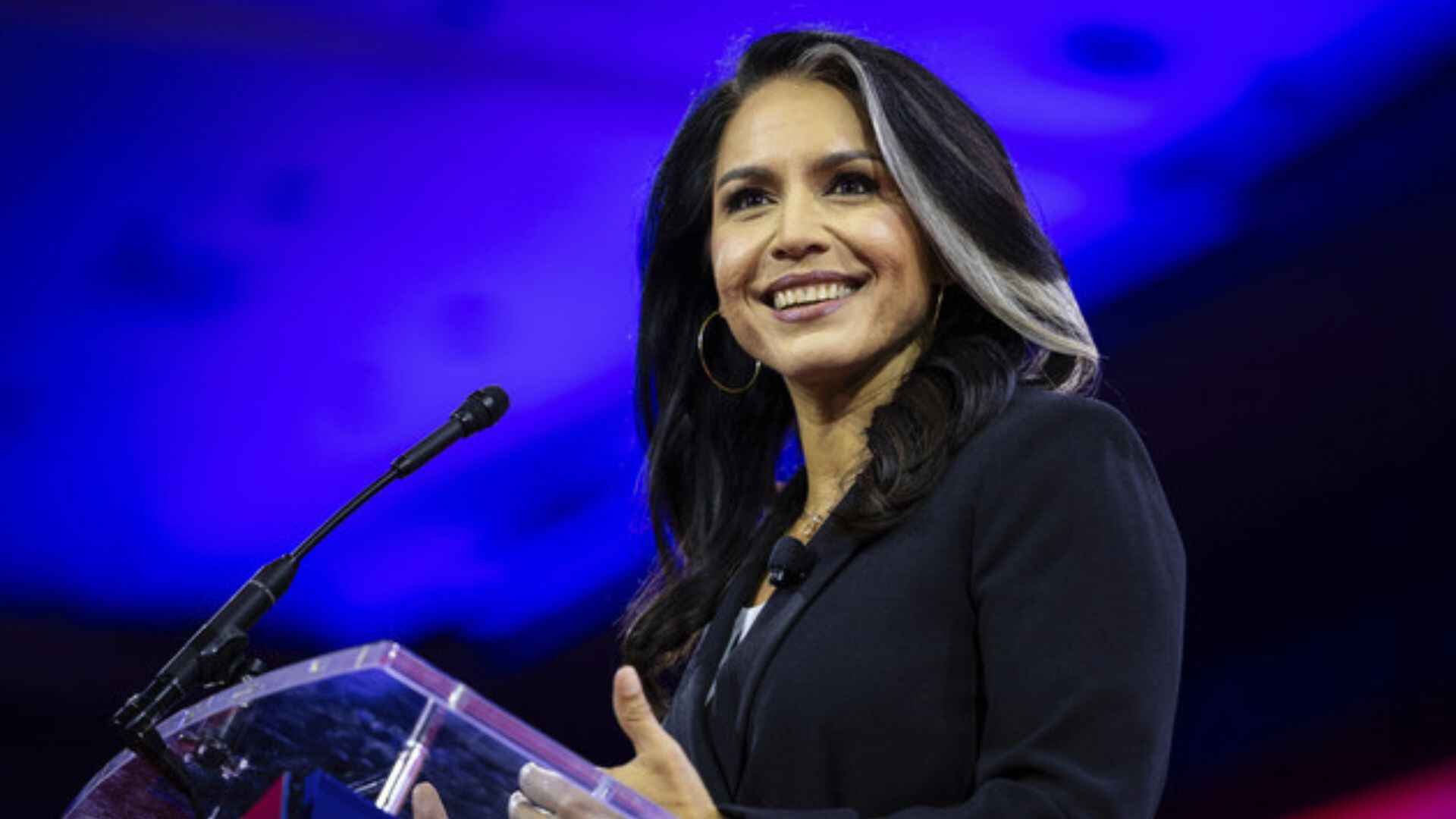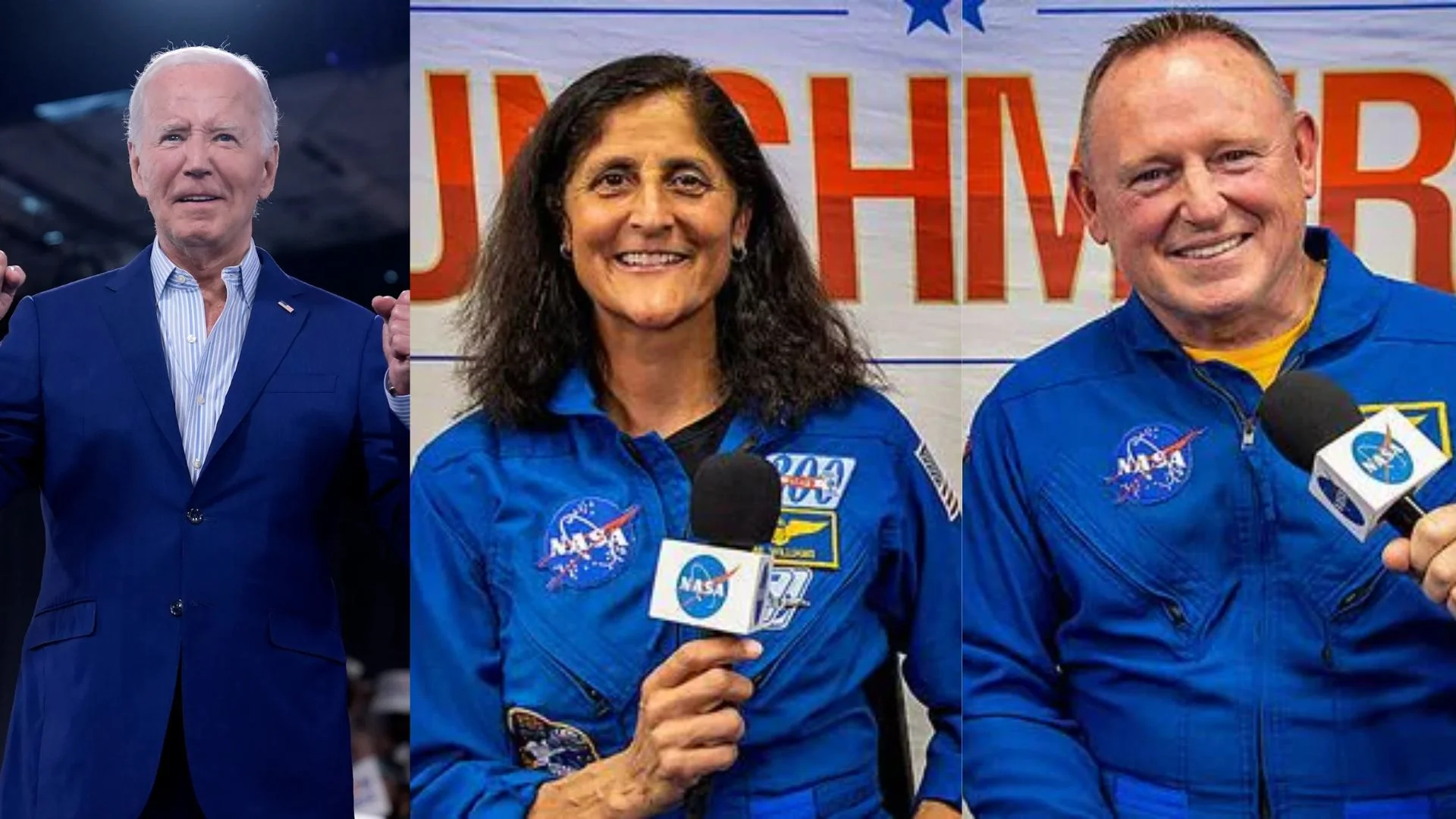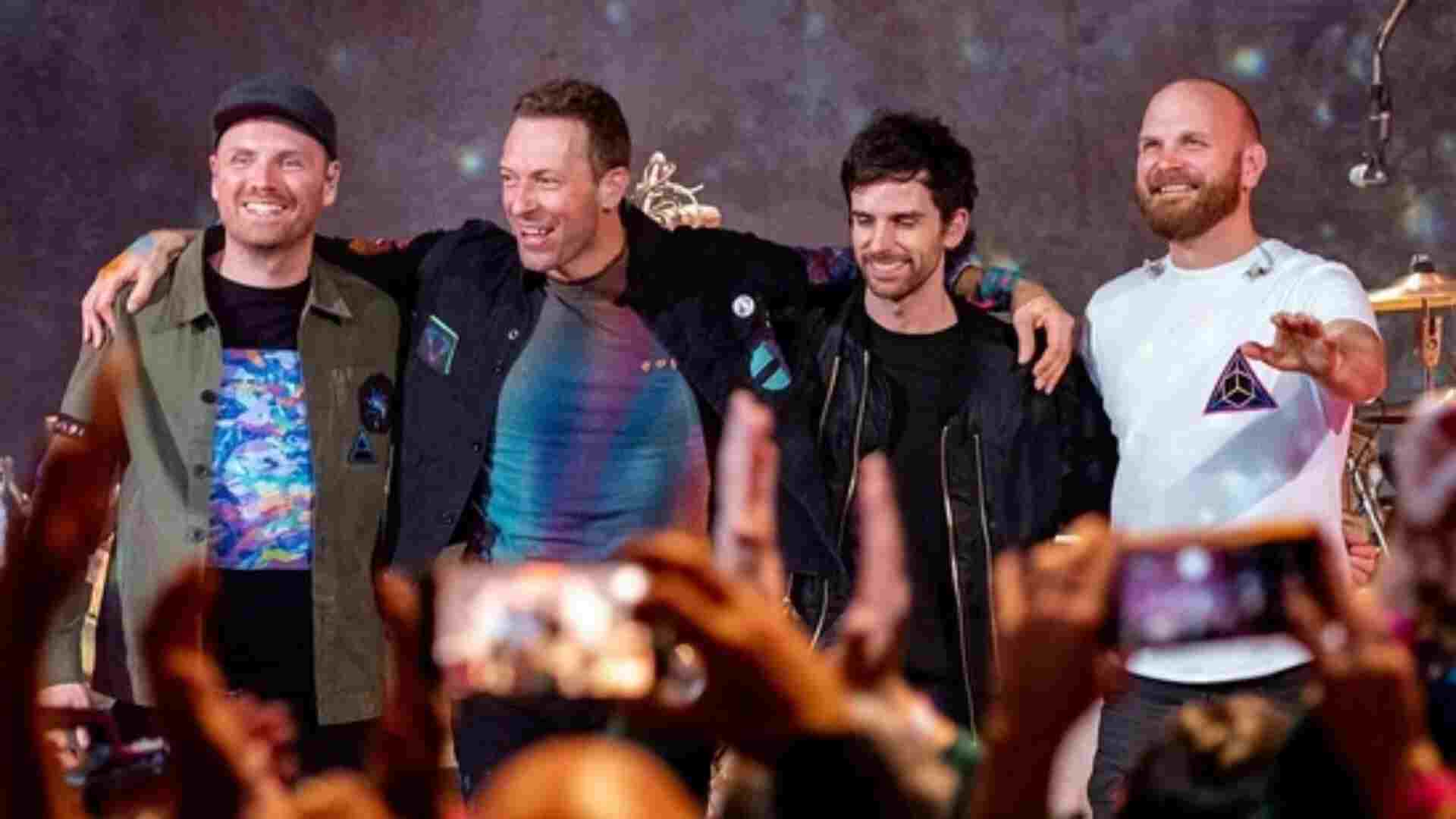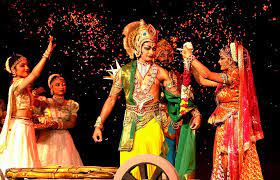
The concept of oneness’s not new in India. It can be retrieved back to the pages of the Bhagavat Gita. For ages, the nation has taught love, respect, harmony, and togetherness to the world. The indigenous communities, the tribals who are the aboriginals of the country,
have been practicing this concept of oneness from the beginning. Perhaps they are the group where the notion of community participation is still prevalent. It can be seen in their music, art, culture, painting, dance, cultivation, in their food gathering activities, and preservation methods, as well as in their practice of self- governance.
The tribal spirit is based on community celebrations. It is reflected in their music, art, paintings, and dance very clearly. The musical instruments that they use symbolize synchronization with nature. It includes horse hair violin, instruments made of animal skins like Tungna (a string instrument used by the tribes of Sikkim), Bamboo flutes like Katic Murli used by Santhals, Tonda Ramma used by Chenchu tribes or the Morchang used by the tribal folk of Rajasthan, drums like Mandri, Kotoloka, and Kundir used by Muria and Maria Gonds of Madhya Pradesh and Chhattisgarh, Tamak, and Tumda drums of Santhals etc. Most of their songs and dances represent cultural collectiveness and feature tribal lifestyle, their day-to- day chores like hunting and gathering Munda songs, Sudda Gayan of Meena tribes of Rajasthan where they praise Gods and Goddesses. Similarly, tribal dances also portray the peace and harmony in nature like the Bagarumba dance of Bodo tribes of Assam (a dance form that illustrates the movements of birds and butterflies), the Kalbelia tribal dance of Rajasthan replicating movements of serpents, the Bhagoria dance of Bhils in Madhya Pradesh representing the romance bloomed in the spring season, the Elelak-
karadi is a dance of the Irular tribe of Kerela depicting the fight for survival with nature, etc. Besides some dance forms teach us the celebration of life—Dhimsa dance of Andhra Pradesh, Chhau dance of tribals of Jharkhand, etc. that they perform at weddings, harvest-
ing, religious festivals, and other special occasions. All these music and dance are done on a community basis and their festivities are larger than life. The togetherness of tribes can be evidenced in each and every aspect of their life. The tribal paintings like the Gond and Bhil paintings of Madhya Pradesh, the Savara paintings of Andhra Pradesh and Odisha, the Warli paintings of Maharashtra, and the Pithora paintings of Gujarat, all of them are the carriers of the oral literature of the tribes. The characteristics of these paintings are that most of them depict the folk stories of particular communities and their mythologies are brought back to life through these arts. Alongside the use of natural colours extracted naturally from the ashes, leaves, vegetables like brinjal, bottle gourd, etc., vermillion, etc.
are environment-friendly and teach us to live in cohesion with nature.
The tribals tend to be great lovers of nature and they are the protectors of jungles. The examples can be varied from the Chipko movement initiated by Bishnoi tribes of Rajasthan to Padma Sri winner environmentalists like Jadav Payeng of Assam, Tulsi Gowda of Karnataka who dedicated their entire life to preserve the forests. Jadav Payeng, a tribal from Mishing community in the Majuli riverine island created by Brahmaputra in Assam has converted more than 1500 acres of barren land into a thick forest. For his unmatchable enthusiasm, he is also known as the forest man of India. In the same manner, Tulsi Gowda,
a tribal lady from Halakki tribe of Western Ghats spent 35 years of her life planting more than 30000 plants. Her immense knowledge to identify any species of tree and tribal medicinal plants entitled her “Encyclopedia of the Forest”. The indigenous knowledge systems of tribes especially on tribal herbs and medicines are highly enriched. Lakshmi-
kutty, a tribal poison healer from Kallar forest of Kerala has recently been awarded Padma Shri for her knowledge of more than 500 species of tribal medicinal herbs, and her effort to treat people affected by snake bites. In the same manner, the Ministry of AYUSH has already established the “National Institute of Sowa- Rigpa” in Leh, Ladakh to promote the Sowa- Rigpa tribal healing system practiced in the Himalayan tribal belts of Ladakh. Simultaneously, the Bhumka tribal healing knowledge system of Bharia and Gond tribes of Patalkot valley of Madhya Pradesh which has been passed from one generation to another has been an inspiration for different herbal practitioners. The tribal communities of India
have their own expertise in various knowledge systems. The seed preservation system of tribals is also very important in this regard.
The tribal communities of India are the largest con- sumers of Indigenous seeds. It includes the usage of Kodo, Kutki, Kanguni, Sava, Pearl Millet, Ragi, Jowar or Sorghum, etc. Most of their foods are based upon the needs of the climate and hence are healthier accordingly. They have their own methods of seed preservation also. For example, since Kodo and Kutki seeds are naturally dry and have an extended shelf life, hence they remain intact to a great extent. The tribal communities of Baig Gond etc. utilize specialized vessels, such as the bamboo- made Cholagi, Kudri, Marsa, etc., to preserve them. They use neem leaves to disinfect those seeds from external attacks. All these activities are mainly done on a community basis and have a homogenous system of practice. The tribes can be denoted as one of the most underrated communities in the country. They have produced many tribal leaders, freedom fighters, sportsmen, and other renowned personalities. Jai-
pal Singh Munda, the former Captain of the Indian Hockey team and Member of Parliament is one such example. The new president of Hockey India, Dilip Tirkey, the former Hockey Captain of team India was also known as “the Wall of Indian Hockey”, Komalika Bari, who won the gold medal in the Women’s Cadet Recurve category of the World Archery Youth Champion ships in Madrid, Mary Com, Manipur-based Indian boxer Mary Com is six times world champion in boxing, Birendra Lakra (Hockey Player), Dutee Chand (Athlete), Bhaichung Bhutia, one of the pioneers of Indian football, from Sikkim, etc. are instances of a number of tribal sportsmen who have brought enormous proud to the country. Not only the contemporary games but the tribals also have a rich heritage of their indigenous sports also. After the Tata Steel Foundation organized the Sekkor Premier League at its Samvaad,
2017 event to revive the tribal game, there has been a new tendency towards the tribal games of Sekkor and Kati (played by the Ho/Munda tribe) of Jharkhand. Four indigenous games—Gatka (Punjab), Mallakhamb (in portions of Madhya Pradesh, Karnataka and Maharashtra), Kalaripayattu (Kerala), and Thang-Ta (Manipur)—were also featured in Khelo India
(2022) as part of its promotional initiatives. It draws attention to the necessity to
revitalize numerous tribal and indigenous games that exist in different regions of the nation. Such games can be revived by holding state- or cluster-level championships or by making them more well-known. The same efforts can be seen in the re-introduction of tribal architecture and engineering systems too. The tribal system of living practices is universal in nature, and they share their activities, and their day-to-day occurrences with the community. This is perhaps the reason why the governance system of tribes is still self-
autonomous, and they tend to practice their own ruling system based on democracy.
For example, in the case of the Mundas and Oraons of Chota Nagpur plateau, they follow their own ruling system known as Manki-Munda system. This system though hereditary in origin, their obligations are nevertheless implied by the consent of the whole community and village. As a result, their form of government may be de-scribed as a hybrid of oligarchy and democracy, with a small number of individuals controlling the governance. The tribal life- style is not scripted in any chronology, but it survives
in its orality, its verses, in its myths and poetry. Historically, tribal poetry takes its shape from the community of a particular region and its culture. The prevalent social and political conditions may inspire the creation of tribal epics. The societies which have the least knowledge of written scripts, take the course of tribal oral narratives as it incorporates the regional events, local values. It immediately be- comes a voice of the community.
Thus, the tribal world teaches us brotherhood, the concept of universalization, and community participation. They teach us the notion of “Aparigraha” or non-possessiveness. The time is to adopt the ideology of tribes in our lifestyle and live a life full of unity, hap-
piness, joy, and self-esteem. This is the way how the country can use the tribal ethos as its soft power to lead the world as a “Vishwaguru”.
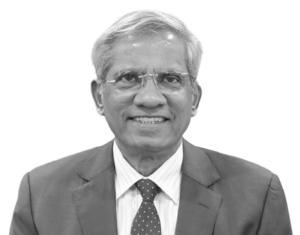
Prof T.V. Kattimani is Vice- Chancellor, Central Tribal University of Andhra Pradesh.


